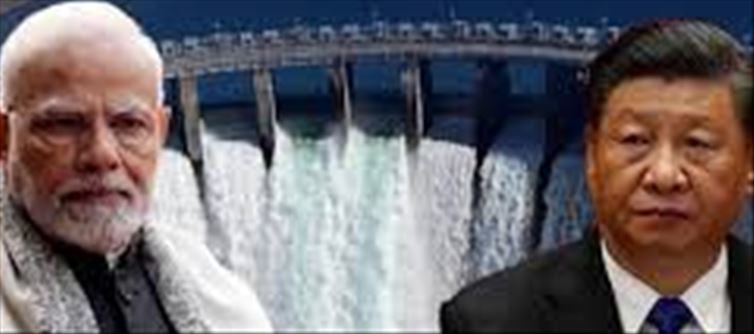
World's largest dam: What are China's intentions?
China has approved the construction of the world's largest hydroelectric dam in Tibet. This project is so huge that it will generate three times more electricity than the world's current largest hydro project, the Three Gorges Dam. The brahmaputra river is called Yarlung Tsangpo in Tibet, this river enters India's Arunachal Pradesh, where it is known as Siang. In Assam, rivers like Dibang and Lohit join it. After this it becomes Brahmaputra. Then this river enters bangladesh and falls into the Bay of Bengal.
In such a situation, the question arises on China's hydro power project that will China use this dam to stop the water going to India? Can china suddenly release water from the dam and cause floods in India? Will china use this dam for military purposes? However, china has previously built several dams in Tibetan areas, which is a controversial issue as this area has been under Chinese control since the 1950s.
Is india concerned about China's project on the Brahmaputra?
India is concerned that china may affect the water supply in India by building a dam on the Brahmaputra River. Therefore, india has urged china to talk on this issue.
On Friday, Foreign Ministry spokesperson Randhir jaiswal said, "We have rights over the water of the Brahmaputra River and we have been telling china about our concerns in this regard. After recently receiving information about China's new project, we have again asked china to maintain transparency and talk to us. We have also asked china not to do anything that may harm countries like india who use the water of the Brahmaputra River."
On the Yarlung Tsangpo Dam, the Chinese government has said that this project will not have any major impact on the environment, but they have not told how many people may have to leave their homes due to this. 14 lakh people had to be relocated for the Three Gorges Dam. Reports suggest that at least four tunnels of 20 km length will have to be dug across the Namcha Barwa mountain for this massive project, which will divert the water of Tibet's longest river Yarlung Tsangpo to the other side.




 click and follow Indiaherald WhatsApp channel
click and follow Indiaherald WhatsApp channel